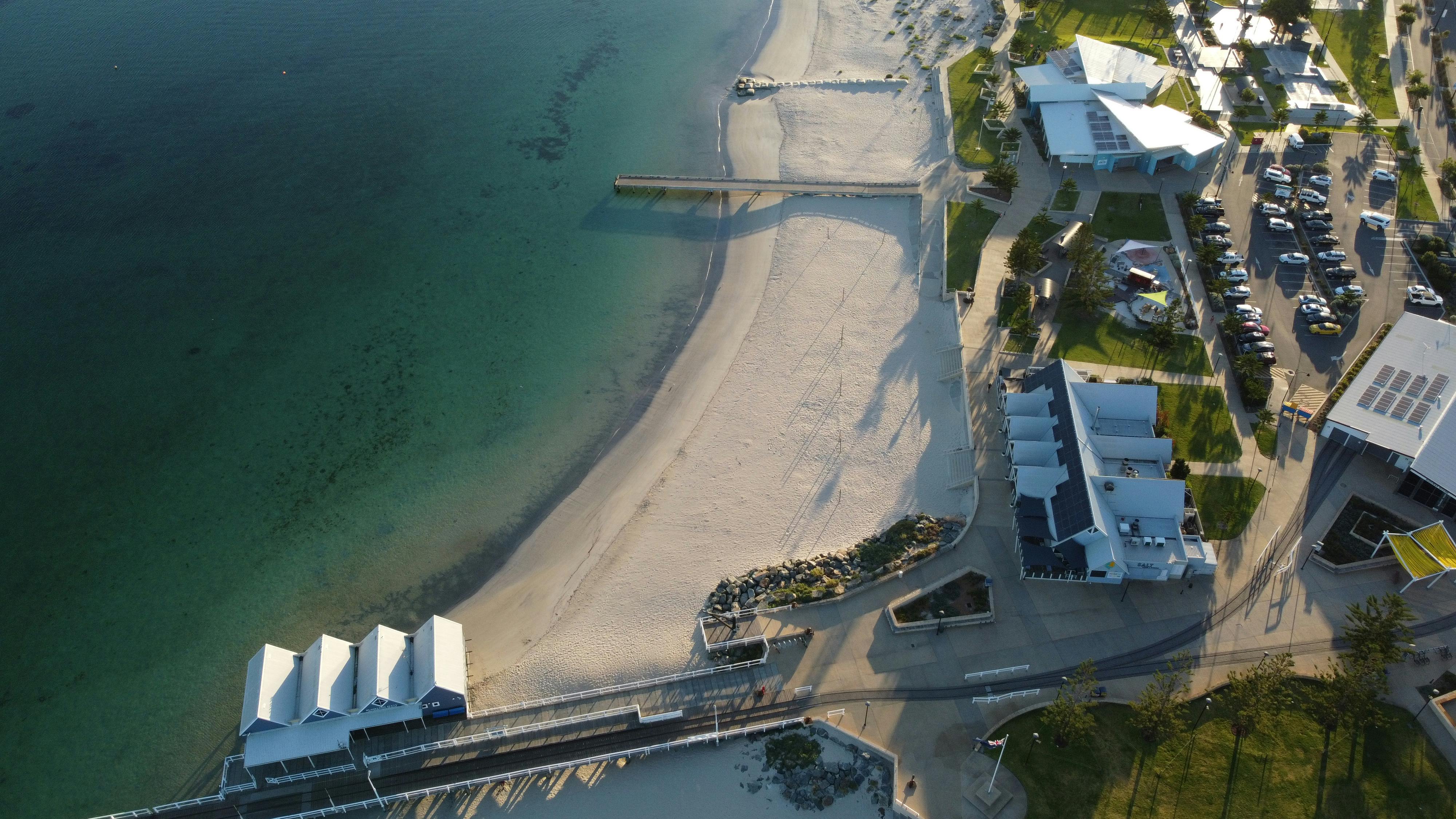Coastal community water project set to secure supply amid climate challenges

Located a few hours south of Perth at the iconic Geographe Bay, Busselton is facing water supply challenges due to salt-water intrusion, declining rainfall and increased demand. To address these challenges, a new project is in design to ensure water security for the coastal community.
The Busselton Water Supply Improvement Project is a major initiative to secure water supply for the region and includes relocating groundwater extraction bores inland, together with building a new treatment plant.
The project represents the largest water infrastructure upgrade undertaken by Busselton Water in decades, with the $60 million project being jointly funded by the Australian and Western Australia Governments.
Busselton Water CEO David Hughes-Owen said Arup has been announced as the preferred consultant to deliver the preliminary design of the project, which is expected to increase supply capacity by 20% to support the region’s growth.
“The way we manage our water in Busselton must evolve as it is clear that our traditional coastal bore network is no longer sustainable for the future due to the impacts of climate change,” he said.
“After exploring the project requirements and possible treatment technologies during the concept design study phase, we now look forward to working with Arup to progress that work to preliminary design.”
Adapting to climate change
Busselton Water Head of Project Delivery Ashleigh McConnon said one of the key challenges facing Busselton’s water security is salt-water intrusion, with the new plant and bore to be located five kilometers inland to connect to fresher water.
“Busselton Water's infrastructure currently includes coastal bores within one kilometre of the coast. Due to climate change, we’re experiencing saltwater intrusion beginning to affect some of our bores,” she said.
“There is a combination of rising sea levels and increased extraction of water from the aquifer, which drags saltwater closer to fresh groundwater supplies.
McConnon said this has prompted the need to move the water treatment plant five kilometres back from the coast.
“We’ve gone through feasibility studies and evaluated capital and operating costs, and this new treatment plant was the best option. Saltwater intrusion is a significant challenge, but we’re trying to stay ahead of it,” she said.
Boosting water literacy
McConnon said the aim is to have the plant operational by the summer of 2028-29. The plant will include a new water treatment facility, a new bore, as well as new delivery pump stations, storage tanks and ancillary buildings.
“As part of the design, we’ve tasked Arup to look at the circular economy and aim to be working towards carbon neutral. We’re considering the embedded carbon of materials and renewable technology like solar arrays to reduce overall emissions,” she said.
“We want the project to be state-of-the-art and include an educational space for customers and schools to learn about our local water supply.
“It’s still in the preliminary design phase, but it’s something we’re prioritising. We want to involve schools and get children interested in water from an early age by utilising the new facility as a learning space.”
Long-term benefits
Ensuring water security for the vibrant coastal community is set to be one of the key benefits of the project, McConnon said, but it will also help the community manage fluctuating demand during the tourist season, which is crucial for supporting the local economy.
“Water security is the main benefit. We anticipate that stage one will secure supply for the next 10 years, and we’re planning towards 2050 for future stages,” she said.
“We currently service around 15,000 water connections, with the population at around 30,000. We expect an additional 10,000 people in the next 10 to 15 years.
“Given Busselton is also a holiday destination, during the summer, the population can increase by 30-40%. We need to design our infrastructure for peak summer demand, which can be a challenge.”

